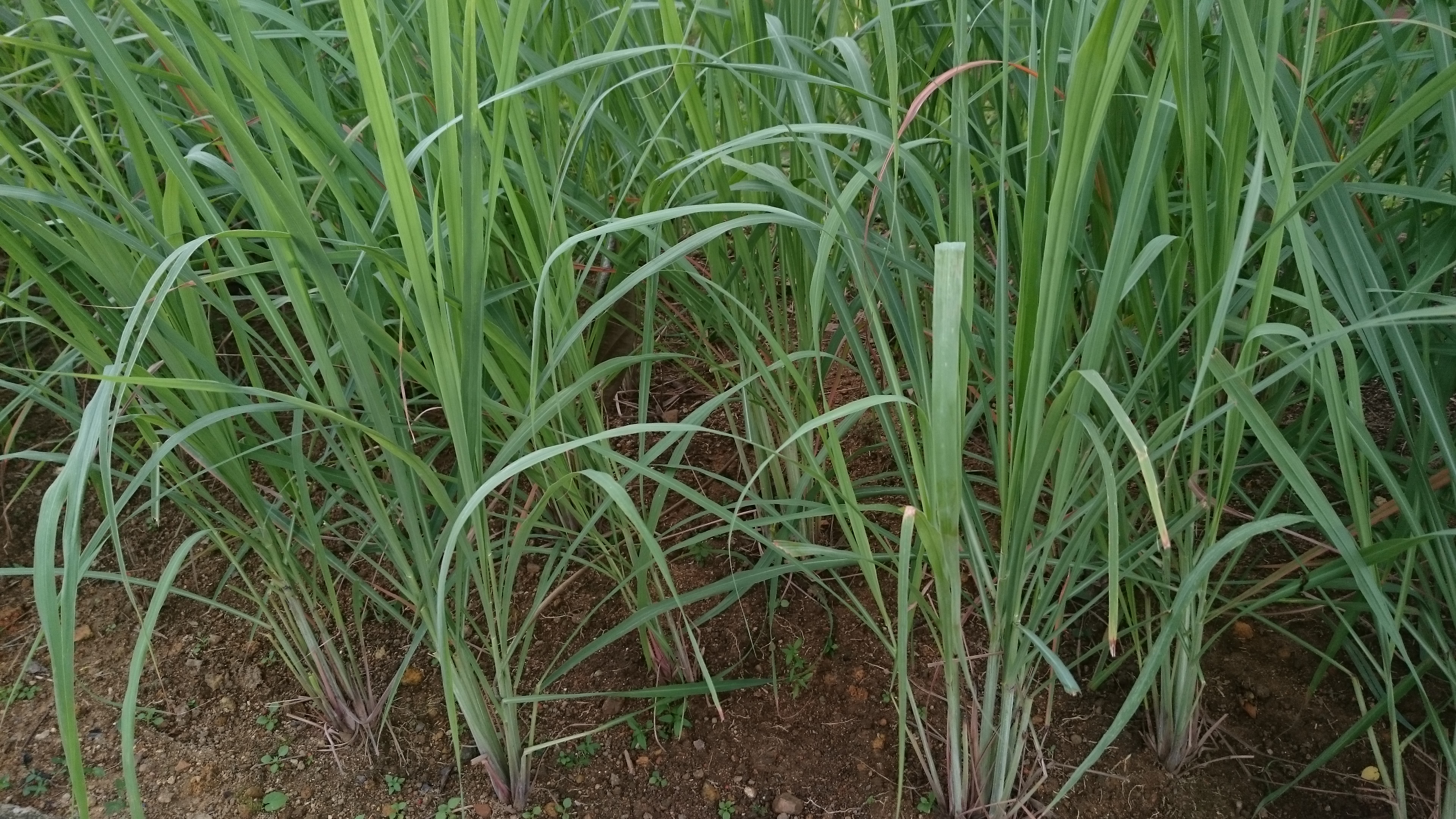Description
Lemongrass is a fragrant, lemony herb native to tropical climates. In Sri Lanka and other Asian cuisines, its stem is widely used in fish and meat dishes, while its leaves make a refreshing tea. It can be used fresh or dried and powdered. Beyond culinary uses, lemongrass serves as an attractive ornamental plant, growing up to 6 feet in height and width. Its natural pest-repellent properties make it a valuable addition to any garden.
Planting requirements
Planting season: Year-round in Sri Lanka, with optimal planting at the onset of rainy seasons (May-June or October-November)
Planting conditions:
| Propagation | Use seeds or supermarket-bought stems |
|---|---|
| Planting method | Prefer pots for better control. Plant seeds 6 inches apart; transplant seedlings 1-2 feet apart when a few inches tall |
| Soil | Rich in nutrients, especially nitrogen. Prepare by mixing with compost or manure |
| Water | Requires consistent moisture with good drainage |
| Light | Full sunshine, minimum 6 hours daily |
Growing conditions:
| Temperature | Thrives in Sri Lankan climate (25-35°C) |
|---|---|
| Soil maintenance | Apply 3-inch layer of mulch to conserve moisture and enrich soil |
| Watering | Regular watering during dry periods, especially in dry zones |
| Pruning | Annual pruning encourages bushier growth |
| Weed control | Keep area around plants weed-free to prevent nutrient competition |
Harvesting
First harvest at 3-6 months, then every three months. Yield increases after the first year. Harvest on sunny days, cutting 10cm above ground. Allow harvested grass to wilt in the field for two days before bundling.
Curing
Tie stalks in bundles and hang upside down in a well-ventilated, shaded area to dry.
Storage
Store dried lemongrass in airtight containers in a cool, dark place for up to 6 months. Refrigerate fresh lemongrass for up to two weeks.
Protecting your plants
Pest Control
Pest type:
- Aphids
- Mealybugs
Symptoms:
- Aphids: Yellowing leaves and distorted growth.
- Mealybugs: Appear as white, cottony masses.
Control method:
- Aphids: Water spray, pruning, and insecticidal soap.
- Mealybugs: Neem oil or natural predators like ladybugs.
Disease Control
Disease type:
- Rust
- Root rot
Symptoms:
- Rust: Orange or brown leaf spots.
- Root rot: Wilting and yellowing.
Management:
- Rust: Avoid overhead watering, remove infected leaves, and ensure good air circulation.
- Root rot: Improve soil drainage and avoid overwatering. Use fungicides as a last resort.
Sources
In addition to our General List of Sources (link), we used these specific references:
